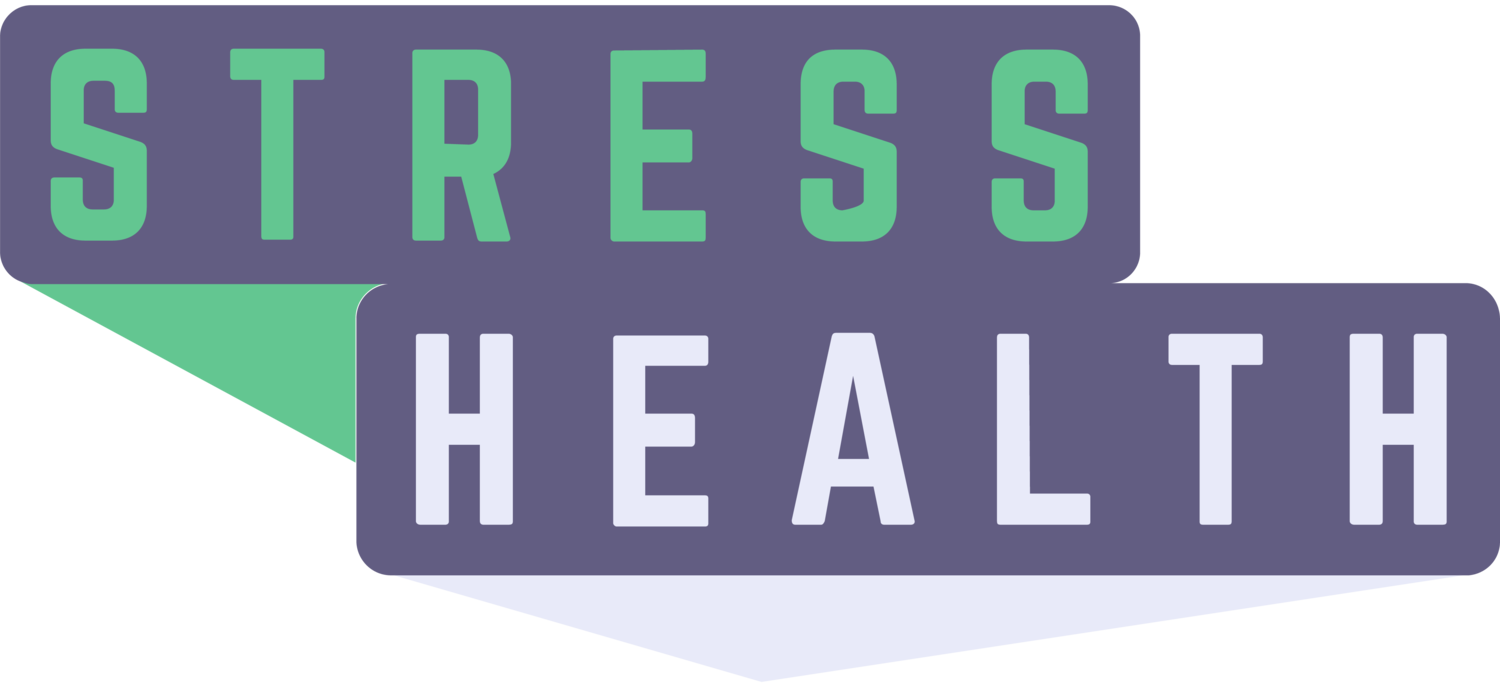Sleep Problems in Your Preschooler? It May Be Due to These ‘Violent’ Cartoons
What do the cartoons SpongeBob Squarepants, Bugs Bunny and Scooby-Doo have in common?
If you said they’re funny, you may be right (at least about the first two).
But they’re also full of zany, fast-paced action and even violence. It’s the kind of stuff that can over-excite young brains, making it hard for preschoolers to get a good night’s sleep. In a study of nearly 600 preschoolers in the Seattle area, researchers from the University of Washington found that certain cartoons tended to disrupt sleep among children aged 3 to 5. As researchers later revealed, these included SpongeBob and (the original) Bugs Bunny and Scooby-Doo.
The cartoon mayhem of SpongeBob and Bugs Bunny may not disturb adults. Still, consider how all that slapping, punching, chasing and shooting may look to a three-year-old -- especially one dealing with Adverse Childhood Experiences (ACEs), which increase the risk of sleep problems. The study found that children who watched such cartoons were more likely to experience sleep disturbances, including nightmares, waking up at night and difficulty getting to sleep. This was true even if kids watched them early in the day.
"The fact that Bugs Bunny can be too violent for a 3-year-old is not something that always clicks with some families," lead author Michelle Garrison told reporters. "Yes, they may know that (a preschooler) shouldn't watch the latest Transformers movie. But they may not necessarily make that same association with cartoons that have the more funny violence or the superhero violence, because some of the content is marketed toward preschool-age children."
Parents do have an option beyond pulling the plug. The researchers found "long-lasting, significant reductions in sleep problems” among children whose parents replaced violent cartoons with preschool cartoons such as Sesame Street, Dora the Explorer and Curious George. (The PBS Kids show Daniel Tiger, which was under creation as the study began, is also a good, gentle show for preschoolers.) And since other researchers have found that blue light from screens tends to disrupt kids’ sleep, that’s just another reason to end the day with a good book.
References
LeBourgeois, MK, Hale, L, Chang, A, Akacem, LD, Montgomery-Downs, HE, and Buxton, OM. (2017, November) Digital Media and Sleep in Childhood and Adolescence. Pediatrics 140 (2). Retrieved from http://pediatrics.aappublications.org/content/140/Supplement_2/S92
Garrison, MM, Christakis, DA. (2012, September). The Impact of a Healthy Media Use Intervention on Sleep in Preschool Children. Pediatrics. Retrieved from http://pediatrics.aappublications.org/content/130/3/492
